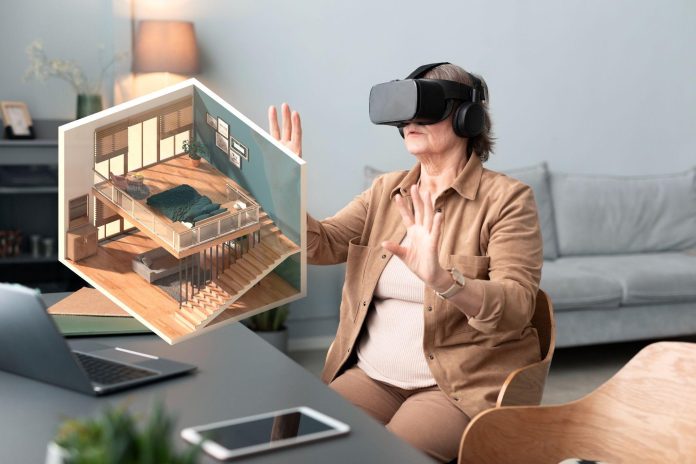Introduction
In the ever-evolving realm of technology, Augmented Reality (AR) has emerged as a game-changer, especially in the field of home design. This article delves into the multifaceted aspects of AR in home design, providing insights and expertise to navigate this exciting frontier.
Definition and Key Concepts of AR
Augmented Reality (AR) is a cutting-edge technology that overlays digital information, such as images, videos, or 3D models, onto the real-world environment. Unlike virtual reality, which immerses users in a completely digital environment, AR enhances the existing reality by adding virtual elements. Key concepts of AR include real-time interaction, the combination of virtual and real-world elements, and the use of devices like smartphones, smart glasses, or AR headsets to deliver the augmented experience. This technology aims to provide users with a more enriched and interactive view of their surroundings.
Home Design: Evolution of AR Technology
The evolution of AR technology has been a fascinating journey. Initially, AR found its roots in the gaming industry with applications like Pokémon Go, where digital creatures were superimposed onto the physical world through smartphone cameras. Over time, AR has expanded its horizons into various sectors, including healthcare, education, manufacturing, and marketing. Technological advancements, such as improved sensors, faster processors, and better display capabilities, have played a crucial role in the evolution of AR, making it more accessible and user-friendly.
Examples of AR Applications in Different Fields
AR has become a game-changer across diverse fields. In healthcare, surgeons use AR to visualize patient data and perform more precise surgeries. In education, AR enhances learning experiences by bringing textbooks to life with interactive 3D models. The manufacturing industry benefits from AR by providing workers with real-time information and virtual guidance during complex tasks. In retail, AR is revolutionizing the way customers shop by allowing them to try on virtual clothes or visualize furniture in their homes before making a purchase. These examples showcase the versatility and impact of AR across different sectors, making it a transformative technology with vast potential.
FAQs about Augmented Reality in Home Design
1. How does AR impact the overall cost of home design projects?
AR can optimize costs by preventing design errors and minimizing rework, ultimately saving both time and money.
2. Is AR user-friendly for individuals with limited technical expertise?
Absolutely! Many AR applications are designed with user-friendliness in mind, making them accessible to all.
3. Are there privacy concerns associated with using AR in home design?
Privacy is a priority. AR developers are implementing measures to safeguard user data and ensure a secure experience.
4. Can AR be integrated into existing home design software?
Yes, AR is adaptable and can seamlessly integrate into various design software, enhancing their capabilities.
5. What role does AR play in sustainable home design practices?
AR contributes to sustainability by enabling precise planning, reducing material wastage, and promoting eco-friendly design choices.
6. How does AR enhance collaboration among different stakeholders in a home design project?
AR facilitates real-time collaboration, allowing architects, designers, and clients to visualize and discuss designs more effectively.
Conclusion
In conclusion, Augmented Reality (AR) in Home Design: A Transformative Experience is not a mere technological trend but a game-changer in the world of design. Embrace the future of home design with AR, where creativity knows no bounds.


